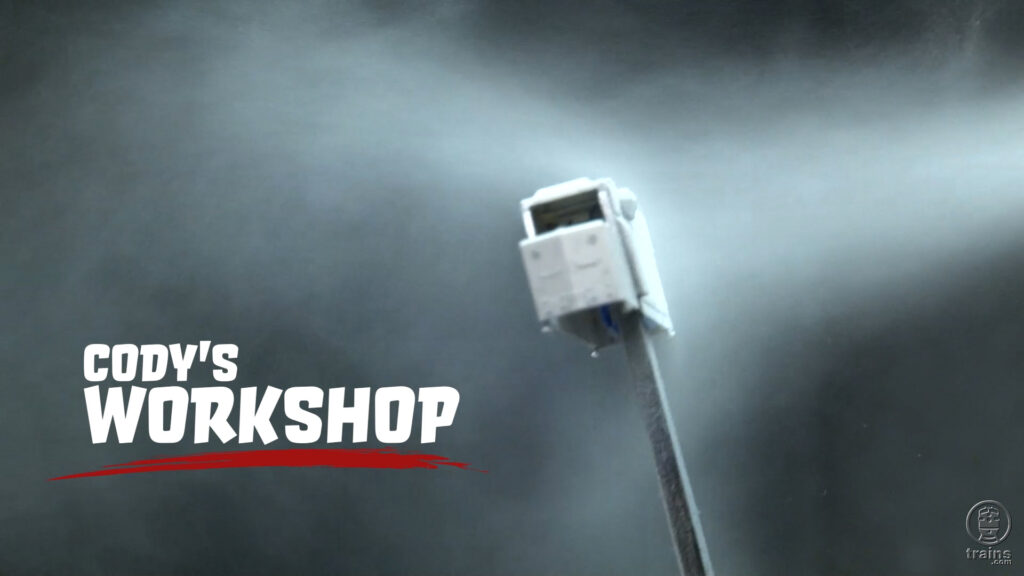
Preparing an N scale locomotive for repainting. That’s what expert modeler Cody Grivno highlights in his latest Cody’s Workshop series video. From his workbench and vented spray booth, our host will lead you through the necessary steps for disassembling an Atlas EMD GP38-2 diesel locomotive model, stripping off the factory paint job and decoration, and then applying an […]
Read More…
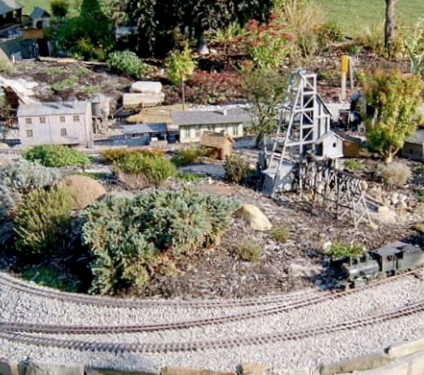
Click here to download a PDF version of this article. Don’t miss the other parts to this series! June 2010: Preliminary construction August 2010: Choosing track October 2010: Laying track and ballasting December 2010: Accessories, structures, and lighting […]
Read More…
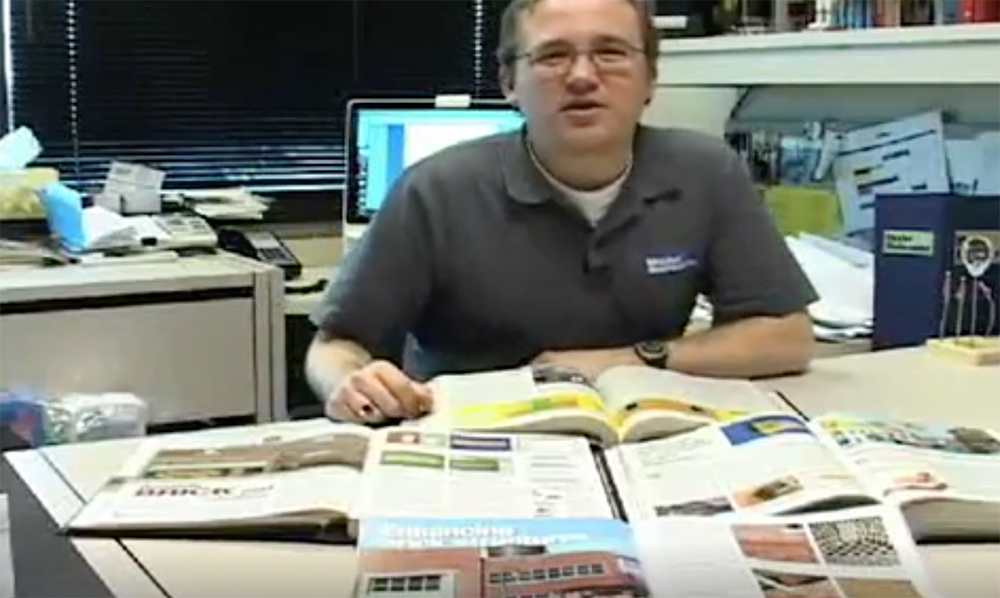
Having trouble viewing this video? Please visit our Video FAQ page See new model train products with Model Railroader Associate Editor Cody Grivno. This week you’ll also get tips for installing track feeder wires from Managing Editor David Popp. […]
Read More…

Having trouble viewing this video? Please visit our Video FAQ page See new model train products with Model Railroader Associate Editor Cody Grivno. This week you’ll also get tips for installing track feeder wires from Managing Editor David Popp. […]
Read More…
The toy train hobby, like any other, has its own language. We at Classic Toy Trains try to avoid using confusing jargon wherever possible, but we know there are some terms we use that may confuse new readers. Even if you’ve enjoyed trains for years, you may still run across terms that aren’t clear, or […]
Read More…
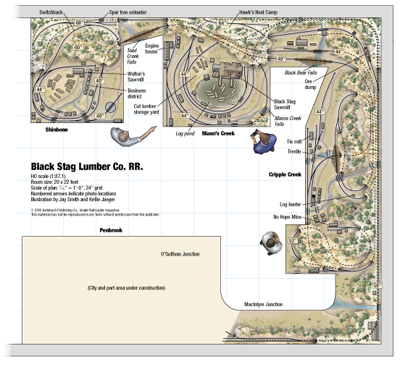
Name: Black Stag Lumber Co. RR Layout owner: Allen Hare Scale: HO (1:87.1) Size: 20 x 22 feet Prototype: Mann’s Creek Ry. Locale: West Virginia Era: 1930s Style: walk-in Mainline run: 140 feet Minimum radius: 18″ Minimum turnout: no. 4 Maximum grade: 5 percent Originally appeared in the May 2010 issue of Model Railroader. Click […]
Read More…
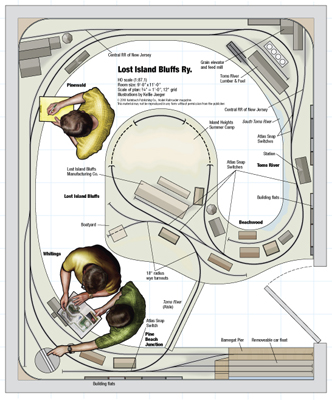
Name: Lost Island Bluffs Ry. Layout designer: Robert P. Foster Scale: HO (1:87.1) Size: 9 x 11 feet Prototype: freelanced, inspired by the Philadelphia & Long Branch RR and the Island Heights Branch of the Pennsylvania RR Locale: Barnegat Bay shorelinein central New Jersey Era: 1884 to 1934 Style: walkaround Mainline run: 50 feet Minimum […]
Read More…
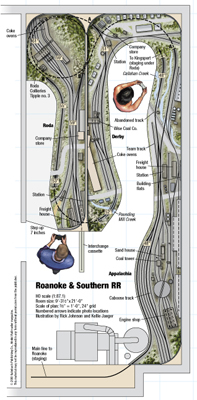
Name: Roanoke & Southern Layout owner: Jeff Kraker Scale: HO (1:87.1) Size: 9′-31/2″ x 22′-6″ Theme: freelanced Eastern coal hauler Locale: southwest Virginia Era: 1953-1960 Style: walk-in Mainline run: 78 feet Minimum radius: 22″ Minimum turnout: no. 5 Maximum grade: 4 percent Originally appeared in the May 2010 issue of Model Railroader. Click on the […]
Read More…
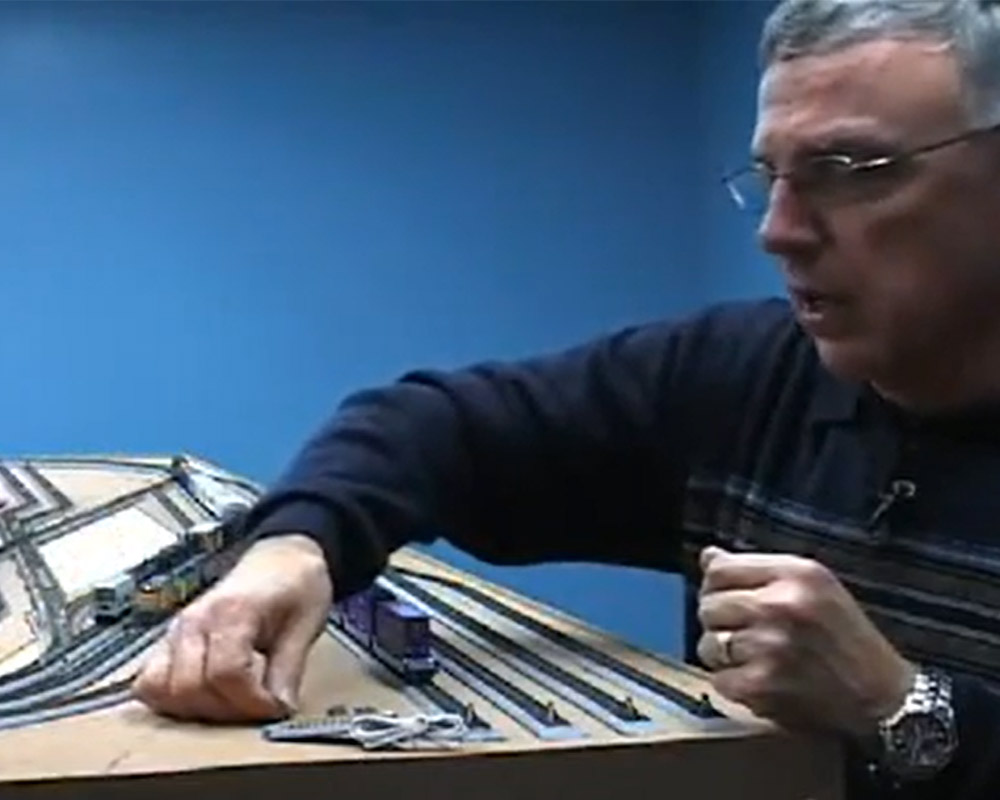
Layout builder Dick Christianson shows you a couple of ways to install feeder wires with the N scale Kato Unitrack track system. He’ll also show you how he wired the layout’s power bus using terminal strips and you’ll see how he stores the Digitrax Digital Command Control (DCC) command station on this Model Railroader project […]
Read More…
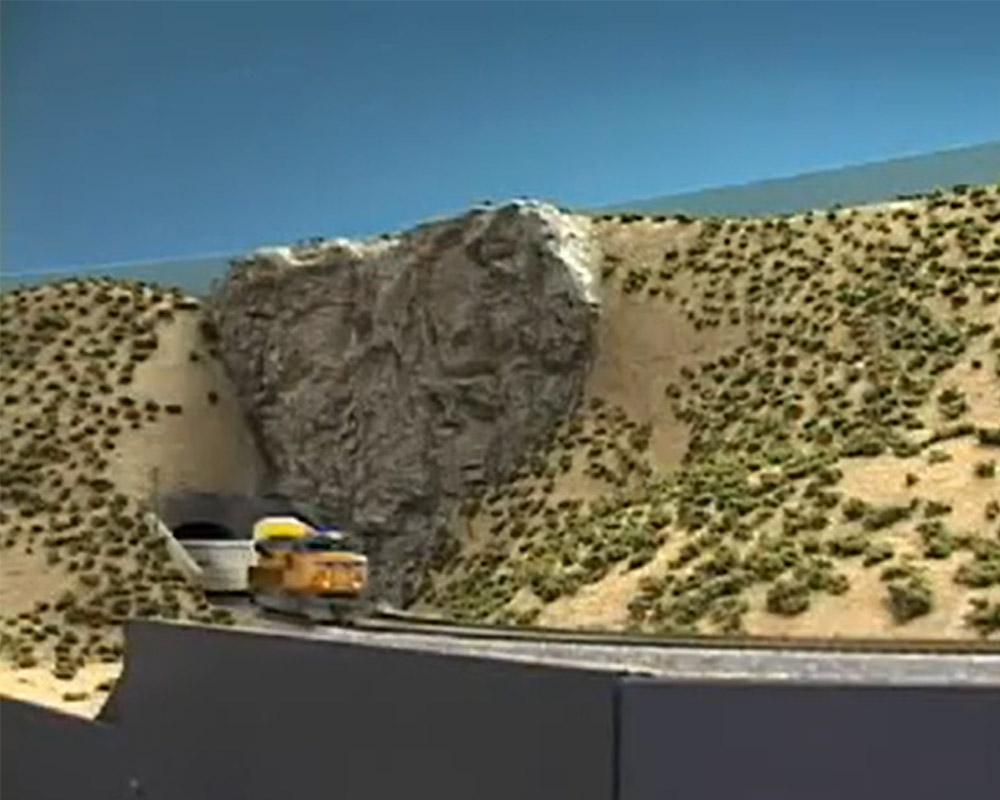
Learn some of the techniques used to build the desert scenery on the N scale Salt Lake Route. Layout builder Dick Christianson shows you tips for using extruded foam insulation board, rock castings, and more. You’ll also see some prototype photos that Dick used as inspiration for this N scale model railroad. […]
Read More…

Layout builder Dick Christianson shows you a couple of ways to install feeder wires with the N scale Kato Unitrack track system. He’ll also show you how he wired the layout’s power bus using terminal strips and you’ll see how he stores the Digitrax Digital Command Control (DCC) command station on this Model Railroader project […]
Read More…

Learn some of the techniques used to build the desert scenery on the N scale Salt Lake Route. Layout builder Dick Christianson shows you tips for using extruded foam insulation board, rock castings, and more. You’ll also see some prototype photos that Dick used as inspiration for this N scale model railroad. […]
Read More…








